Shot in the Dark: Night-Time Photography
One of my favourite times to have a camera on me is at night. Without much light, taking photos becomes more of a challenge, forcing you to rely on your skills with whatever camera you may be using, and being aware of whatever light sources are around you. In this article, I review some general tips for getting out at night and taking the best shots you can.
Where to BeginThe first thing you need to keep in mind when shooting at night is the type of camera you’re using. If you have an older camera with maybe a maximum ISO of 1600 or 3200, you might find yourself struggling. That’s because typically on older cameras, you’re limited by what sensor you have, and whatever noise-reduction algorithms were being used at the time.
When I first started out, I was using a Nikon D40. At the time, I thought it was the coolest camera around -- my first SLR of any kind -- having a shutter I could hold open for long exposures seemed like a dream! One night I was lucky enough to be in a secluded part of algonquin when I spotted an electric storm in the distance. I pulled out the D40 and rested it on a rock, and left the shutter open to see what would happen. It took a few tries (first to make sure the focus was correct, then to find the right shutter speed) but I was able to finally capture it:
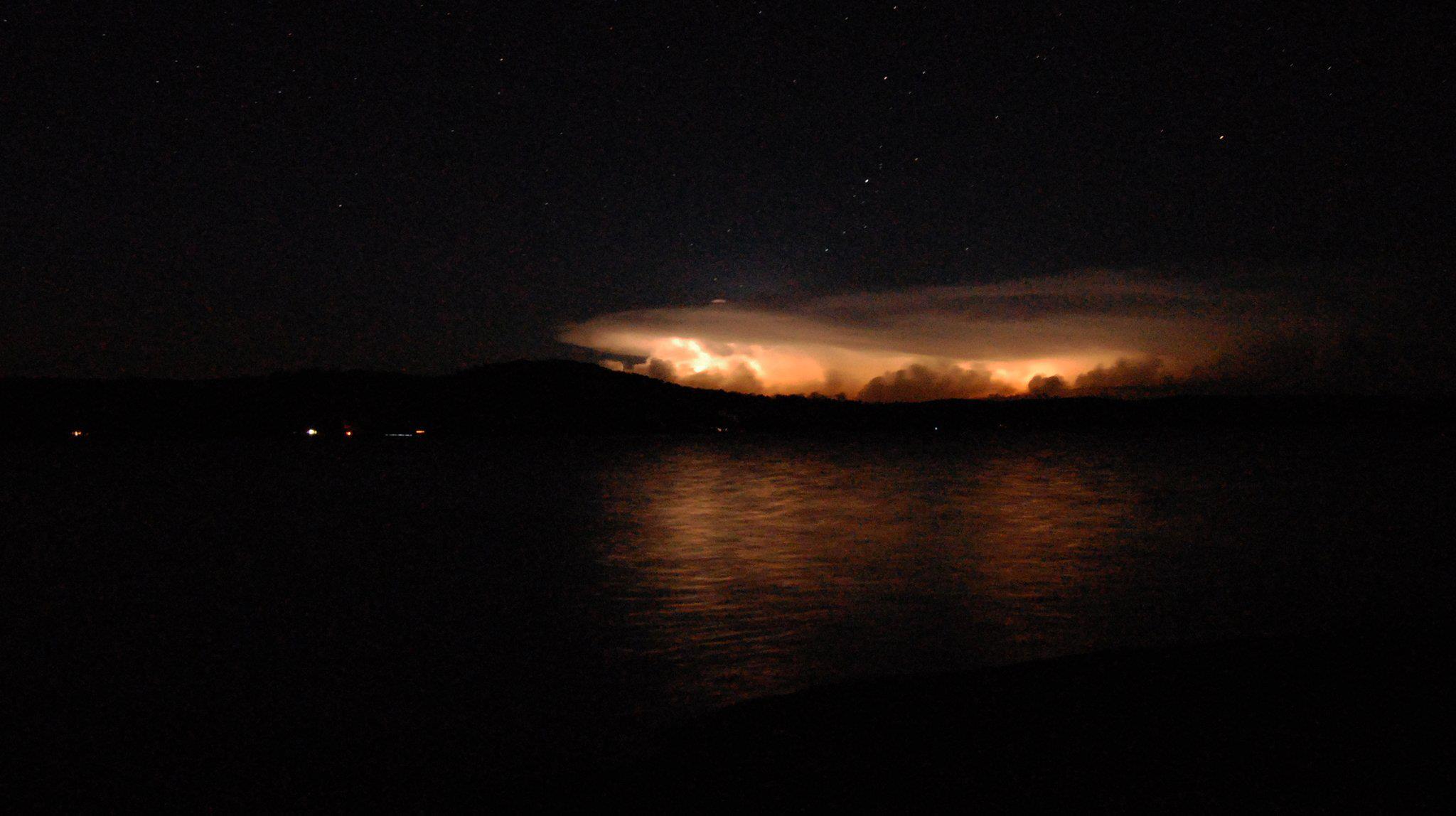
I had to heavily modify this photo inside Lightroom in order for it to look presentable at all. The blacks had to be significantly crushed, the exposure balanced and noise had to be reduced significantly. You can still see a lot of noise (especially in the reflection on the water), but considering that this camera only has about six megapixels to work with, this was probably the best I could have hoped for.
Times have Changed
A lot has changed in the camera world since then, making the D40 look ancient. Now, 6400 iso is pretty well the norm, even on most consumer models. Another key breakthrough is the improvement in both the sensor (a dramatic increase in the number of megapixels, with many consumer models having over twenty) the in-camera noise reduction techniques and ISO processing algorithms. The difference truly is night and day between then and now.
Personally, I am opposed to shooting with a high ISO. Mostly because I’d rather have natural light do the work for me as opposed to an algorithm. This is where the lens comes into play. Whenever you’re shooting at night, a fast aperture lens is by far the most important element. This is why if I am ever shooting a concert, I almost always stick with a Canon 70D equipped with an f/1.8 50mm lens.
Having the fast aperture means more light is let into the sensor, and less ISO can be used. This is particularly important when using your DSLR for video purposes. ISO can wreck havoc when shooting videos, adding a significant amount of distracting or “dancing” noise, but with a fast lens, the most you usually have to push it is to 800.
Here are a few examples shot with a 70D and f/1.8 50mm lens:
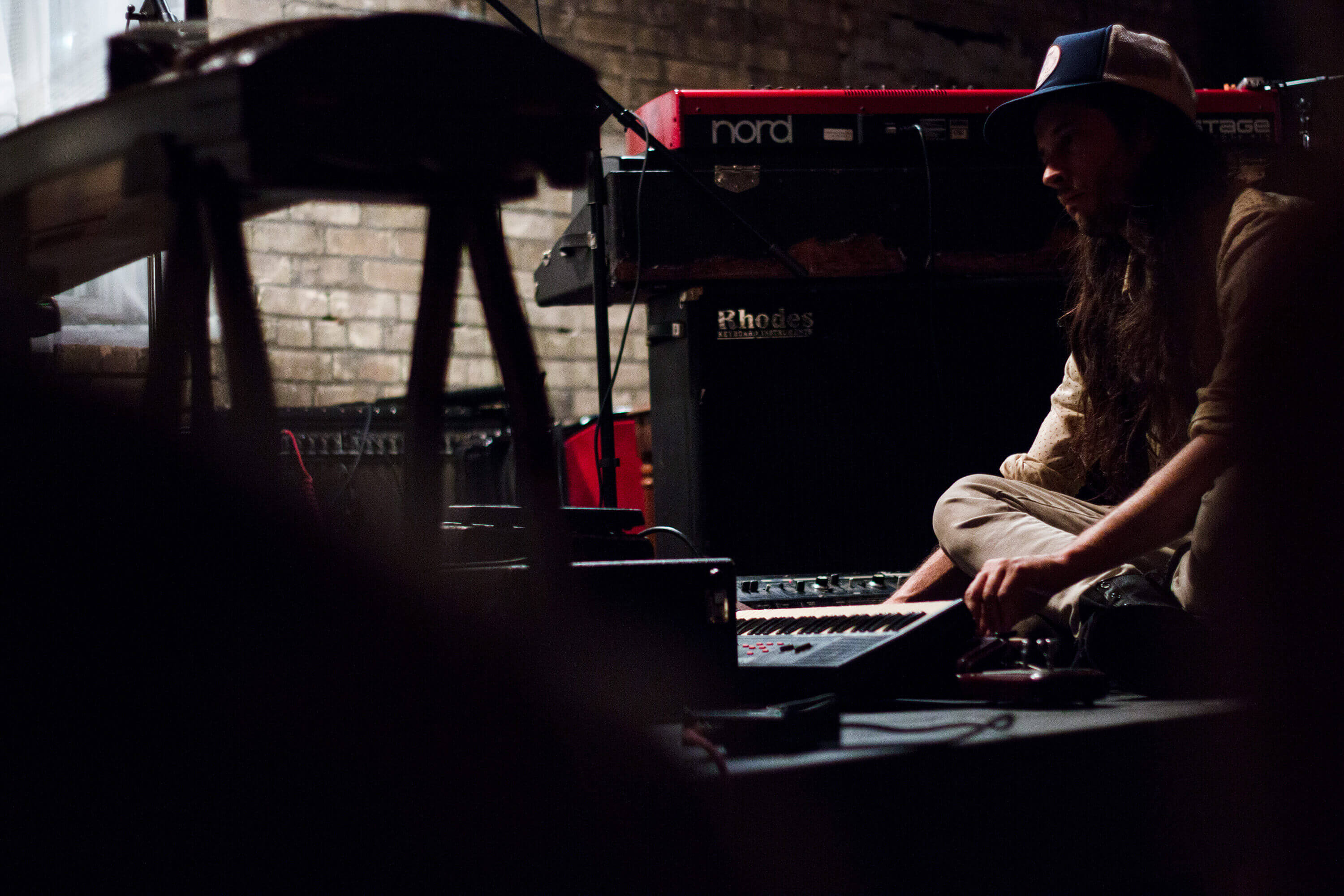
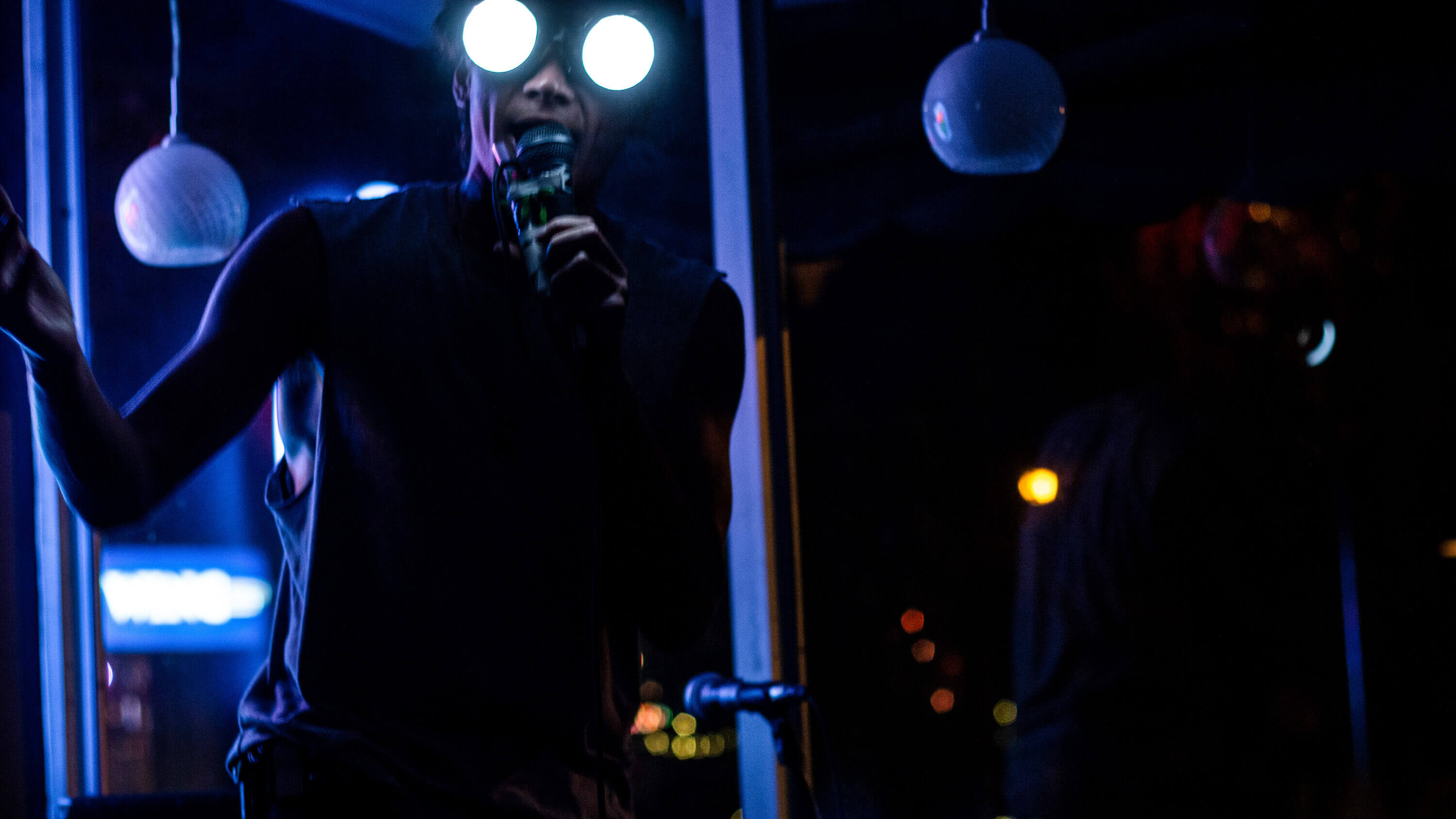
You don’t necessarily need an incredibly fast lens to get good results. Good glass also helps. Using a Canon EF 70-200mm f/2.8L USM lens, and a T6S I was able to capture some of my favourite street photos by simply using longer shutter speeds. When using a slower (but still very high quality) lens such as this, the key is stability.
I didn’t use a monopod or tripod for any of these shots, but I did ground myself against nearby walls and planters. This is another good tip in general. If you have to use a slow shutter speed, make sure you’re stable, or you’ll start seeing streaks and dissonance all over your photos. All of these were also shot in RAW/CR2 format, which helps preserve colours and avoids all noise caused by JPEG compression.
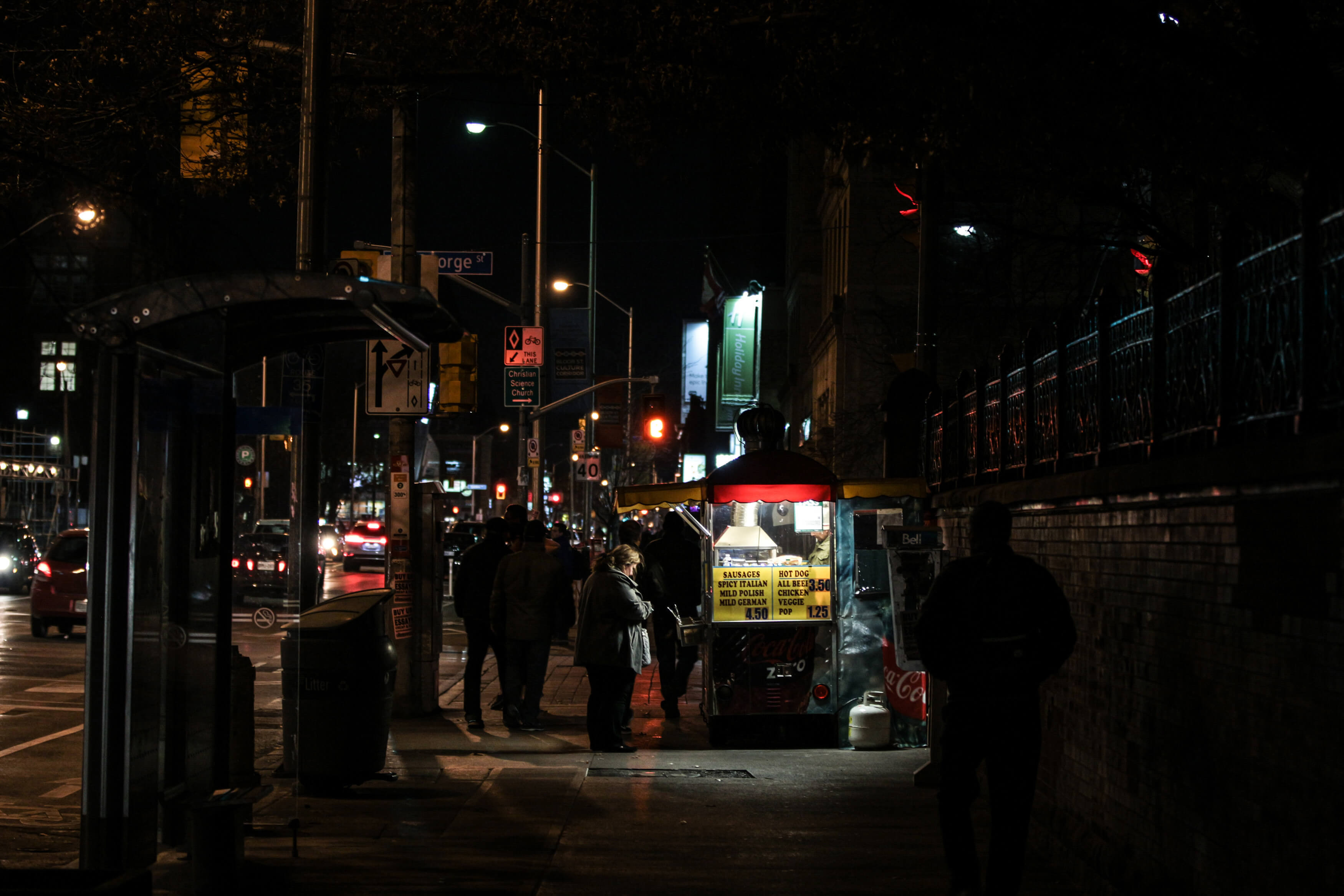


Embrace what you have
If you’re working on a strict budget, and you can’t afford a decent camera, not all hope is lost! The key here is to embrace the noise, and use it to your advantage. Stylistically speaking, there is nothing wrong with a little noise in your photos. In fact, sometimes I prefer a bit of noise, since the photo turns out to be more akin to something you might see produced by a 35mm film-camera. I mean just look at instagram! That style is something a lot of people appreciate, and why shouldn’t they? Some photographers looking for a super-clean shot may find in unnerving, but personally I don’t think there is any reason to. Noise is part of the art in my books.
These were all shot with an inexpensive Olympus OMD EM-5 (first generation) with an M.Zuiko 25mm f1.8 lens in Brooklyn, New York. You can see there is quite a bit of noise in these photos, despite having a fast lens. Slow shutter speeds had to be used, and the image processing on this camera isn’t the best considering it’s a few generations old, with only sixteen megapixels to work with. Despite all this, this camera is one of my favourites, not only for it’s aesthetic and full metal build, but also since it was cheap! It’s one of those cameras where you don’t really have to worry about breaking it, and in my books it does a great job replicating photos shot on 35mm film cameras.
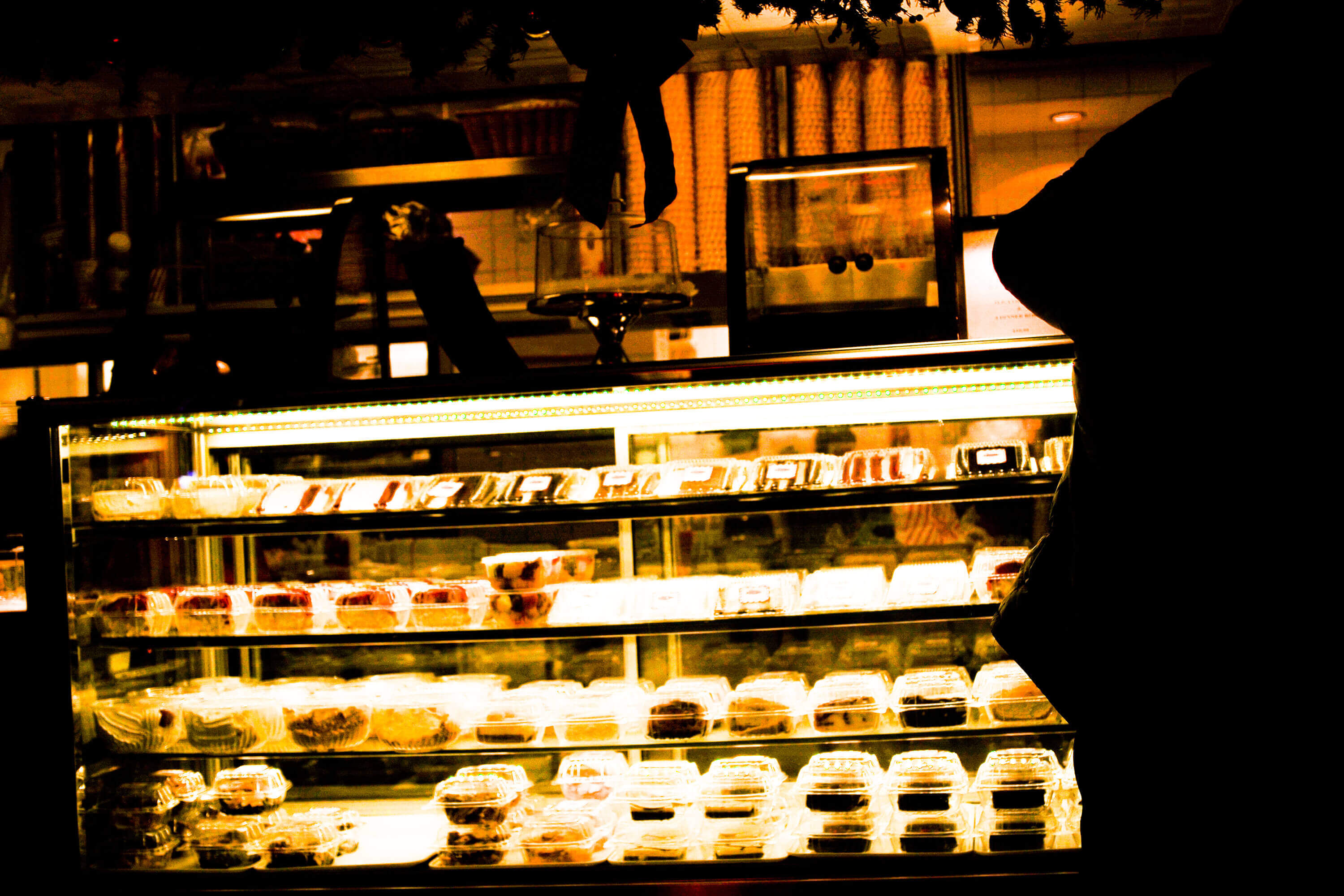
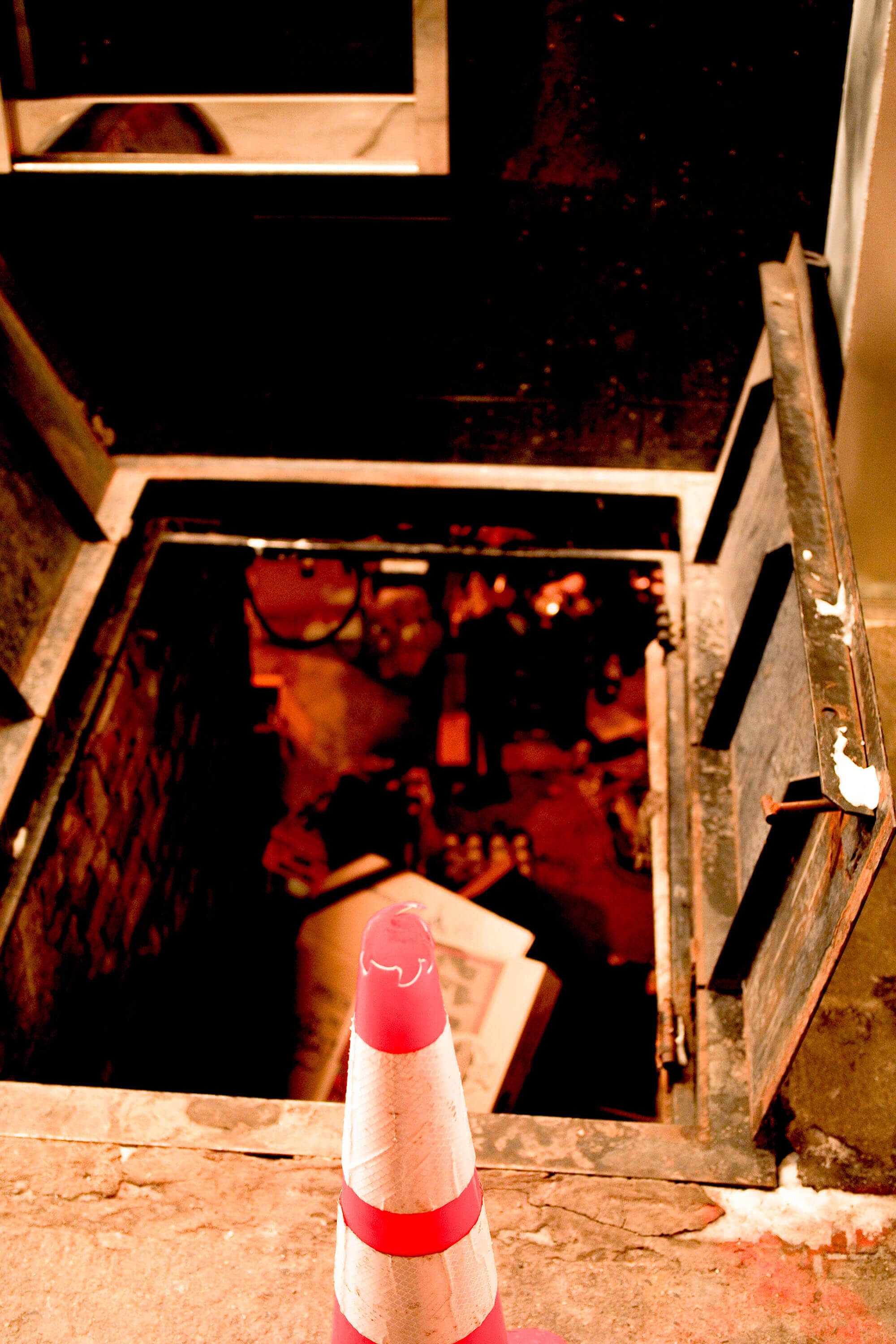
So there you have it! When you’re shooting at night try and keep this in mind:
Thanks for reading!
-- article by: Alexander Tri



